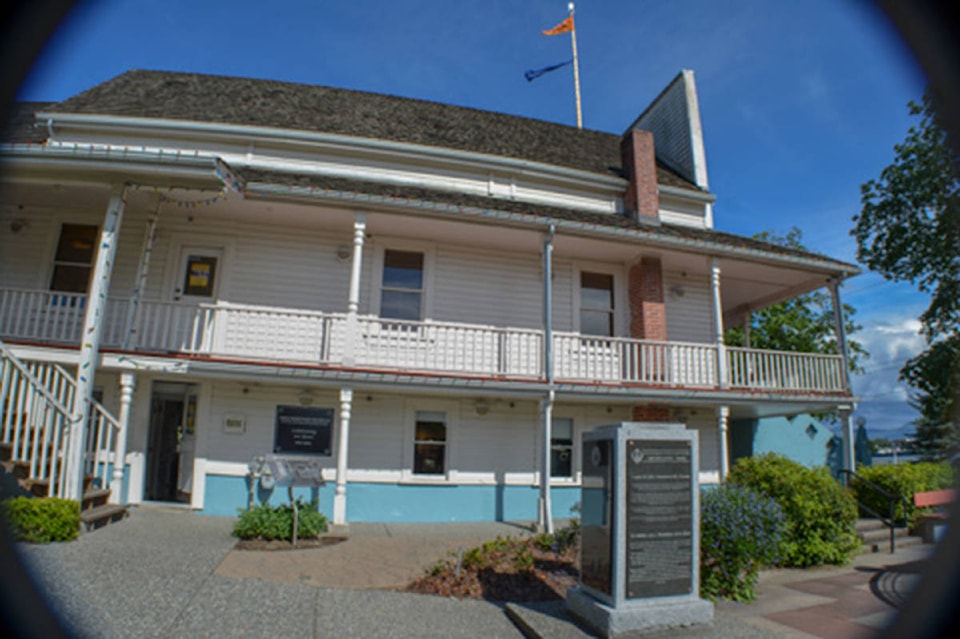A permanent exhibit featuring significant moments in Sikh and South Asian immigration history was unveiled June 10 at the Sikh Heritage Museum in Abbotsford.
“The pieces in this exhibit are the ‘lightning-rod moments’ of Sikh migration history in B.C.,” said curator Sharanjit Sandhra. “They have shaped the nature of how our community has grown.”
The Legacy Hall pays homage to the significant historical moments people in the South Asian community faced in order to find success in Canada. Early settlers had to overcome many struggles such as legislated racism and discrimination in labour, immigration and citizenship.
“These moments in history should be shared, understood and explored as part of a Canadian historical narrative,” Sandhra said.
Several dignitaries attended the Legacy Hall unveiling, including MLA Mike De Jong, the Parliamentary Secretary for Sport and Multiculturalism Ravi Kahlon, Abbotsford Mayor Henry Braun and Abbotsford city councillors.
Buncy Pagely gave a keynote address on the legacy of her father, the late Mahinder Singh Beadall.
In 1913, Beadall immigrated to Canada and is remembered for his hard work and effort in establishing a foundation for the South Asian community.
“They must have been very courageous and strong to come here as new immigrants,” Pagely said. “They paved the road and laid the foundation for future generations.”
A photograph of Beadall making voting history is displayed at Legacy Hall in a piece titled The Vote: 1907-1947.
After a 40-year struggle, South Asian immigrants were able to vote and become Canadian citizens. Beadall was part of the committee who fought for South Asians’ rights to vote in Canada.
The Komagata Maru is another moment on display. In 1914 the ship sailed from Yokohama, Japan to Victoria. The 376 passengers on the Komagata Maru planned on challenging laws preventing people of Indian origin from immigrating to Canada.
Upon arrival, the majority of the passengers were not permitted to disembark and for 63 days they stayed on the ship before being turned back. In 2008, the B.C. government apologized for the incident and in 2016 Prime Minister Justin Trudeau offered a formal apology in the House of Commons.
The Gur Sikh Temple in Abbotsford was started in 1908 and completed in 1911.
Prime Minister Jean Chretien designated the temple as a national historic site in 2002, and the Sikh Heritage Museum was established at the temple in 2011. The 100-year-old Sikh religious institution is the oldest Sikh temple in the western hemisphere and represents the early settlers’ sacrifices, perseverance and resilience.
“This can be a place that engages our young people to learn about the past and inspires them to shape our future. This exhibit represents that,” Sandhra said.
The first Sikhs arrived in the Fraser Valley from Punjab, India in 1905, and today Indo Canadians make up approximately 15 per cent of Abbotsford’s total population.
To learn more about Canadian Sikh heritage and the Gur Sikh Temple, visit canadiansikhheritage.ca.
The museum and temple, located at 33089 South Fraser Way, is open Monday to Friday from 10 a.m. to 4 p.m. for self-guided tours.
For more information or to book guided tours, call 604-851-6325 or email sharanjit.sandhra@ufv.ca.
